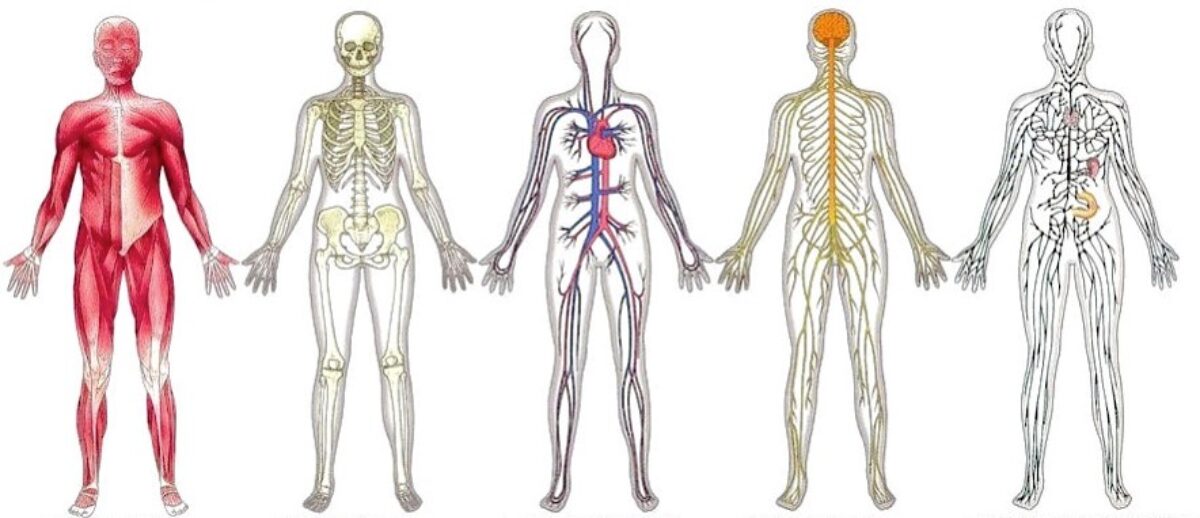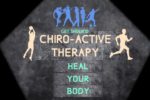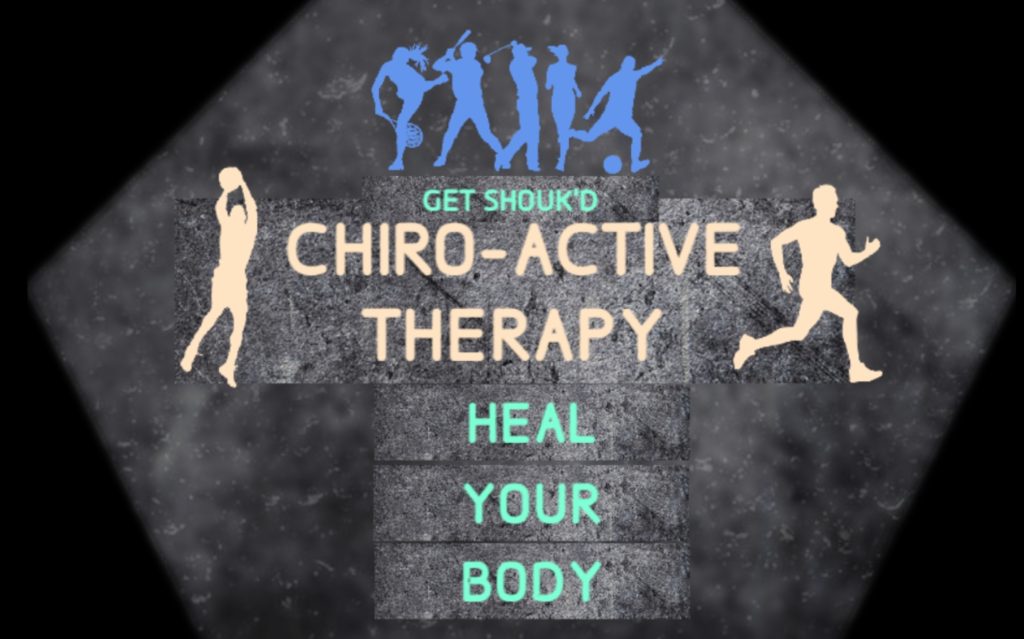What you should know about Low back pain
Low back pain can vary from a mild ache to an extremely debilitating situation. Four out of five people will have to deal with low back pain during their lifetime. There are many causes for back pain and many different types of pain to experience.
When you are suffering from low back pain it is important to get the right advice and treatment. Because many people have had to deal with back pain there are often many different types of recommendations for your back.
Not all low back pain is the same
Just because that approach worked for somebody doesn’t mean it will work for you. The other person’s back pain may or may not be the same as yours.
The key to getting a quality treatment for your low back pain is through understanding what is actually causing the problem. There are many structures in the low back that can produce pain.
The main causes of low back pain
Often times pain is caused by muscle spasms that can be extremely painful. Another reason for low back pain can be caused by a sprain in the back where the ligaments have been stretched. Low back pain can occur due to injury to the spinal discs.
Many times the pain in the low back is due to stress coming from other places in the body. Pain can be referred from an underlying disease process. Even tightness in other parts of the spine can cause the lower back to hurt. In addition, tightness in the sacroiliac joints can contribute to many low back conditions as well.
Weakness in the low back muscles or in the abdominal muscles can contribute to low back pain. When there is weakness in the core muscles, the spine has to endure unusual forces that it was not designed for.
Treatments for low back pain
People can take medications to manage their low back pain. It is common for medical doctors to prescribe anti-inflammatories and muscle relaxants to manage low back pain. Some doctors will recommend heat therapy and other doctors recommend cold therapy. What’s more is that some doctors will recommend both heat and cold.
How to stabilize your low back
It is important to understand if the structural Integrity of the low back spine has been affected. If there is ligament laxity or disc involvement then a careful course of spinal stabilization has to be initiated.
To restore balance and integrity to the spine we must consider tightness of the joints and ligaments, weakness of the muscles and removing nerve irritations.
3 steps to a better back
First, tightness and stiffness can occur in the muscles, ligaments, joints and tendons. We must check for the stiffness and tightness and try to relieve the spine from it.
Next we have to see which muscles need to be activated to restore proper function. Some muscles can become weak and prevent the spine from moving correctly. This can cause the spine to break them.
Most important, we have to see if any nerves are being compressed or compromised. Nerve irritations can perpetuate a low back pain. They can also alter the function and sensation of the spine. The altered function can cause the spine to break down faster.
So what do you do for low back pain?
First you have to have a proper assessment by a qualified professional. You may need to get more than one opinion from different types of specialists. Try to understand and take in what they have to say. Remember that each specialist will be able to give you an opinion from their perspective.
Next you should formulate a game plan that allows your body to heal and rebuild. You have to get yourself out of the acute phase of pain and swelling. Then you have to find a way to fix what caused the condition to begin with.
Treatments may include medications , hot or cold packs, acupuncture, physical therapy, exercise or chiropractic adjustments. In some cases surgery may be indicated to prevent further damage.
Once the spine has gone past the acute phase, then structural rebuilding and strengthening is indicated. A biomechanical specialist that has expertise in exercise therapy can make a big difference in the outcome of the patient with low back pain.
Pilates, chiropractic adjustments, assisted orthopedic stretched and education
A Pilates based exercise routine can bring balance and stability to the lumbar spine. Understanding proper breathing methods and correct activation of the deep muscles of the core will improve the stability of the spine. With Pilates instruction you learn how to activate your core intelligence to preserve your spine, get out of pain and prevent future injuries.
Chiropractic adjustments can correct the biomechanics of the spine and the sacroiliac joints. Fixations and limitations throughout the spine can put added stress to the weak areas of the lumbar spine. Correcting the fixations and altered segments will bring harmony throughout the whole spine. This will allow the lumbar spine to heal and the pain to go away.
Assisted Orthopedic stretching is important to reset the muscles. Tight muscles in the body will cause the opposing muscles to become weak. Muscles work in groups either together or opposite each other. Resetting the tight muscle will strengthen the opposing muscle and will strengthen the tight muscle as well.
Through assisted Orthopedic stretching, Pilates exercise strengthening and Chiropractic adjustments the spine has a good chance for recovery. Utilizing these principles with added body awareness and education, you will be able to manage your low back pain and prevent any future problems with your low back.
Mo Shouka, DC, QME
About the Author
Mo Shouka is a California and New Jersey licensed doctor of chiropractic. He has been in practice for 30 years and has treated thousands of patients with low back pain. He is a certified Pilates instructor and is the clinic director at ChiroActive Therapy in Tustin, California.
For more info: https://www.tustinbackpain.com


